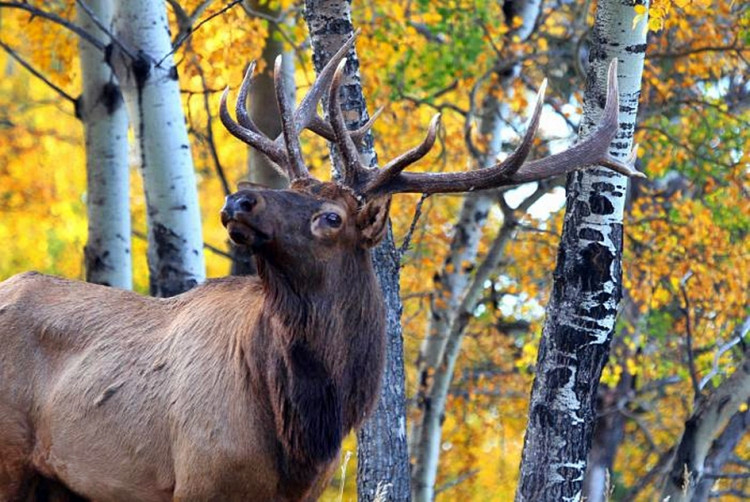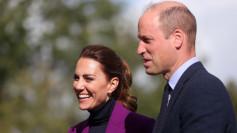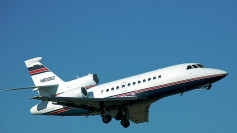It's a major advance in facial recognition and it involves artificial intelligence (AI) and herds of animals roaming free in the wild.
A computer model developed at the University of Wyoming by UW researchers and others has demonstrated remarkable accuracy and efficiency in identifying millions of images of wild animals from camera-trap photographs in North America. It's being hailed as an AI breakthrough.
The model is being described as a significant advance in the study and conservation of wildlife, according to a paper published in the scientific journal Methods in Ecology and Evolution. It's now available in a software package for Program R, a widely used programming language and free software environment for statistical computing.
The ability to rapidly identify millions of images from camera traps can basically change the way ecologists design and implement wildlife studies. The study builds on research by UW published earlier this year in the Proceedings of the National Academy of Sciences (PNAS).
This study reported on a computer model that successfully analyzed 3.2 million images captured by camera traps in Africa by a citizen science project called Snapshot Serengeti.
Key to the success of the UW model is the Ai technique called deep learning. This method categorized animal images at a 96.6 percent accuracy rate, which is the same result attained by teams of human volunteers. In addition, the Ai was able to identify the animals at a much more rapid pace than did the people.
Researchers trained a deep neural network to classify wildlife species using 3.37 million camera-trap images of 27 species of animals from five states across the United States. The network is located at Mount Moran, UW's high-performance computer cluster.
The model was tested on nearly 375,000 animal images at a rate of about 2,000 images per minute on a laptop computer. It attained an accuracy of 97.6 percent -- likely the highest accuracy to date in using machine learning for wildlife image classification.
The computer model was also tested on an independent subset of 5,900 images of moose, cattle, elk and wild pigs from Canada. This test saw an accuracy rate of 81.8 percent. And the computer model was 94 percent successful in removing "empty" images (without any animals) from a set of photographs from Tanzania.
Researchers have made their model freely available in a package, "Machine Learning for Wildlife Image Classification in R (MLWIC)." This package allows other users to classify their images containing the 27 species in the dataset. It enables users to train their own machine learning models using images from new datasets.
Lead authors of the study are recent UW Department of Zoology and Physiology Ph.D. graduate Michael Tabak and Ryan Miller. Both work at the U.S. Department of Agriculture's Center for Epidemiology and Animal Health in Fort Collins, Colorado.






